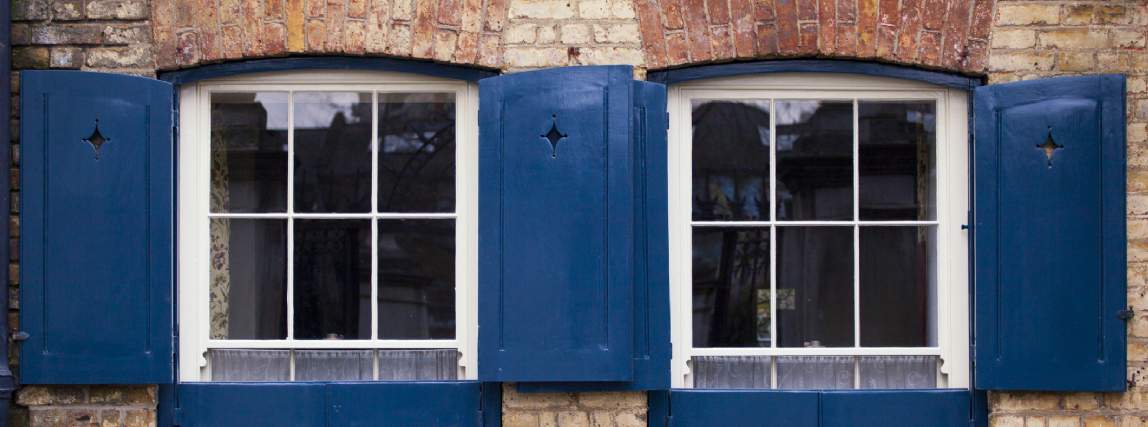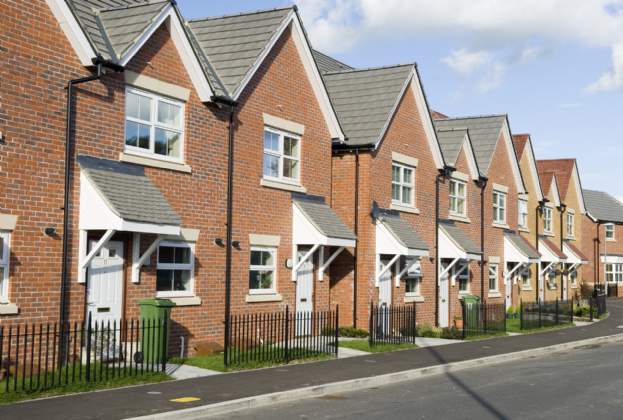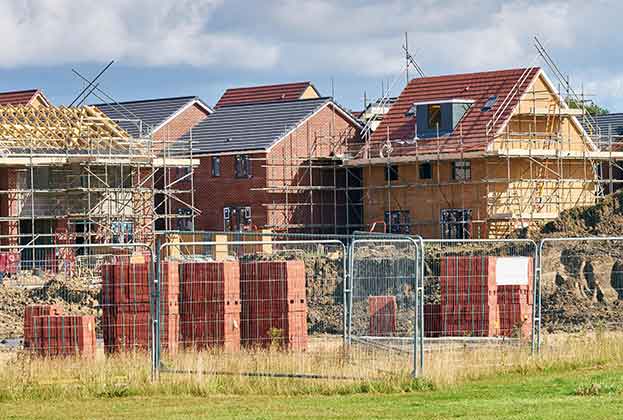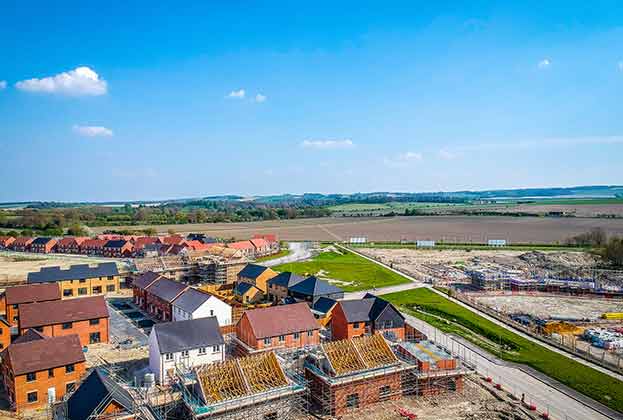This summer has seen climate-related events, including wildfires and record breaking temperatures, affecting countries around the globe. An Oxford University study has shown that if average global temperatures missed the 1.5 degree target set by the Paris Agreement and hit 2 degrees, countries in the northern hemisphere could see the biggest jump in the number of uncomfortably hot days — days when people will need additional cooling. In the UK, for instance, the number of these hot days will go up by 30 per cent, the biggest increase globally.
Overheating in buildings
In the UK, buildings and cities have been built with a very different climate in mind, and our buildings have traditionally been designed to retain heat. More recently, improving thermal comfort, as well as better energy efficiency and lowering bills in winter, has been the focus of retrofit initiatives for historic buildings. However, as the number of hot days increases, creating homes where heat retention is the goal is likely to push people into using energy-hungry cooling systems.
Overheating can occur from inside or outside a building. Internal heat gain can be generated by lighting, equipment and people, whereas external heat gains are driven by weather conditions. Before a reliance on air conditioning (AC) becomes the norm, we need to change our approach to cooling buildings and consider the clever, sustainable solutions of the past to help us adapt to the way we live and work in a hotter world.
Challenges of retrofitting
Historic and listed buildings tend to be seen as a problem in the face of climate change, with the assumption that deep-retrofit options and the installation of new services are necessary to meet heating or cooling demands.
For historic buildings, and particularly listed ones, the requirement to preserve their architectural and historic interest and maintain breathability is often in conflict with this approach. Meeting increased comfort demands through heating and cooling systems often results in high energy use, may still not provide enough comfort and, if not carefully considered, may cause harm to the character and interest of the buildings.
Sustainable solutions from the past
We have historically heated and cooled traditional buildings more efficiently. Indeed, some of the most characterful aspects of our historic towns and cities subtly incorporate cooling measures. Research from Historic England has identified that just as we adapt our clothing to suit the climate, historically we also used additional layers such as external awnings, shutters and blinds to adapt our buildings with no energy expenditure.
External shutters, that might today be considered a charming, period feature, actually provide solar shading, while sash windows function to circulate air by drawing in cool air through the open bottom and drawing hot air out of the open top sash. Early photographs of cities, including London, show just how many windows used to have awnings — they were even installed at Buckingham Palace. Unlike in European countries where they remain the norm, today in the UK they have all but disappeared.
While awnings and shutters are a particularly effective method of dealing with heat in buildings by cutting solar gain, every building is different so there is no standard solution for dealing with overheating. As a starting point the special interest of the building, its environmental context, construction type and use by occupants should be explored. Once these factors and the source of overheating is understood, here are six straightforward measures that could be considered:
- Insulating exposed hot water pipes to stop them contributing to heat build-up.
- Installing energy efficient appliances and lighting to avoid contributing to heat build-up.
- Ensuring sash windows are functioning, allowing them to open at top and bottom.
- Using awnings and shutters externally, and blinds and shutters internally to provide shading.
- Applying solar control film to windows.
- Using electric fans rather than AC which tend to use less energy.
Solutions for the future may, in part at least, lie in the tried and tested methods of the past.

.jpg)




.jpg)



.jpg)